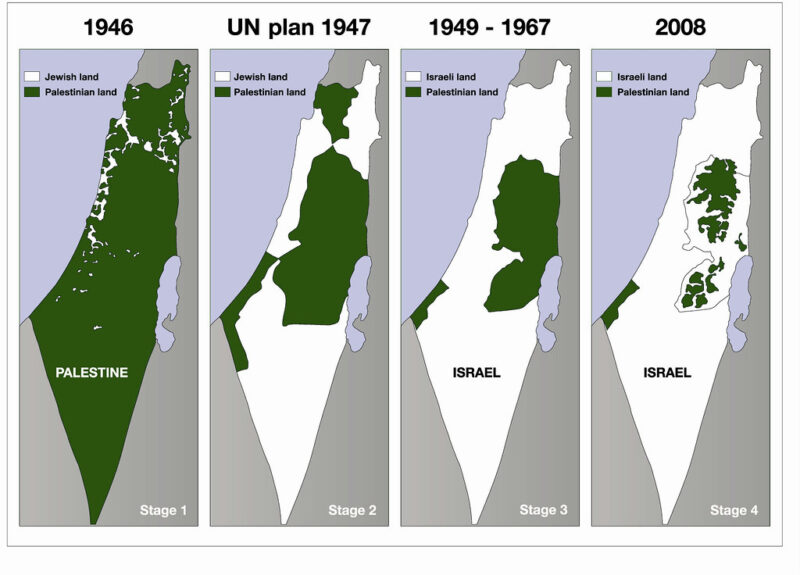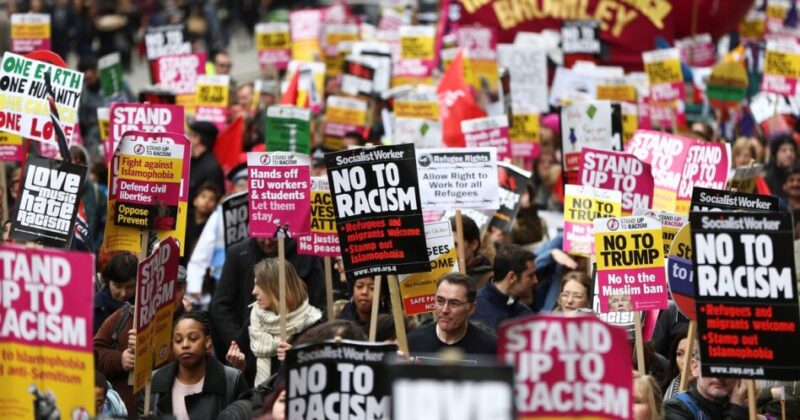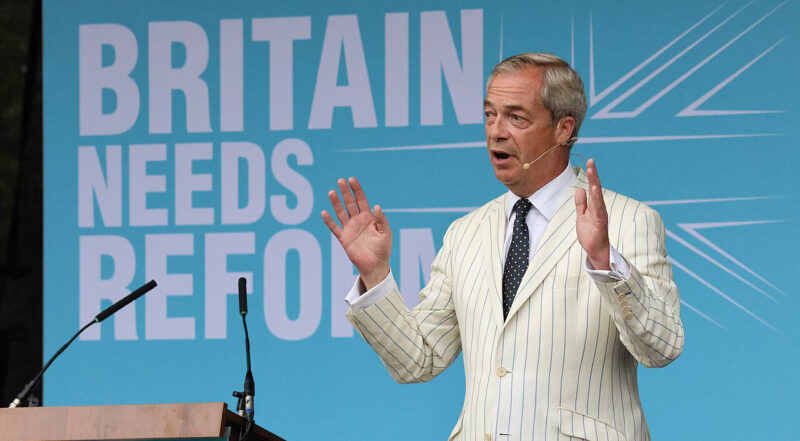Occupy: We are the 99%!
 The Occupy Wall Street Movement (OWS) has spread like wildfire to hundreds of cities across the USA. Its acknowledged inspirations were Cairo’s Tahrir Square, Madrid’s Puerta del Sol, Barcelona’s Plaça de Catalunya, Athens’ Syntagma Square and the tent city of Rothschild Avenue in Tel Aviv.
The Occupy Wall Street Movement (OWS) has spread like wildfire to hundreds of cities across the USA. Its acknowledged inspirations were Cairo’s Tahrir Square, Madrid’s Puerta del Sol, Barcelona’s Plaça de Catalunya, Athens’ Syntagma Square and the tent city of Rothschild Avenue in Tel Aviv.
Then it was the turn of OWS to inspire others. As a result of the 15 October global day of solidarity, the movement has spread around the world with over 900 cities witnessing occupations. In the UK they include camp in front of London’s Saint Paul’s Cathedral and camps in Glasgow, Edinburgh, Newcastle, Birmingham, Bristol and elsewhere.
The central issue, raised in camp after camp, is the glaring contrast between the bailouts for the banks, deemed “too big to fail”, and the massive cuts in public spending, jobs and pensions for the majority. This is well expressed in the slogan “we are the 99%”, and the vehement reply to governments that it is the people who should be too big to fail. Linked to this are many slogans which express disgust at a “democracy” which takes no notice of popular opposition to the bailouts and the slashing of social services, jobs and pensions.
The movement has aroused huge popular approval ratings because it gives a voice to the majority’s indignation against the system as a whole for the economic crisis. True, at first it did not specify its demands and for this is was mercilessly mocked by the hacks of the billionaire–owned media. But this concentration on outrage helped it to spread around the globe, linking up with already existing campaigns in different countries and continents. In this, it contrasted favourably with the sluggish and narrow response of the trade unions and the reformist parties that make up the European and North American labour movements.
For all the “horizontal” prejudices and organisational fetishes of the assemblies taking place within the occupations – “no one represents us”, “we demand nothing”, “none of our statements are official” – and the insistence on consensus decision-making, they are actually in the process of formulating demands. Indeed, through the medium of “spokes-councils” and “spokespersons” they are even gearing towards coordinated action including, as witnessed in Oakland, calls for general strikes.
These assemblies offer a real opportunity for a wide audience to discuss and start to adopt a strategy. Through active participation in the movement revolutionaries can influence these discussions in a positive direction, by attempting to win more and more participants over to the tactics needed for a successful fightback against the crisis and, consequently, for new forces to “discover” a radical alternative to the whole system.
Linking up the struggles
Getting our unions, at both national and local levels, along to the occupations and inviting people from the occupations to workplace meetings and picket-lines of workers in struggle is crucial. By doing so, by drawing together rank and file trade unionists – based on their branches or locals – with the masses of young people, the poor and the unemployed, a rapid politicisation can occur between all of them and, moreover, greatly radicalise their demands and widen their horizons.
If these assemblies reach mass proportions, engage in struggle against police repression, and, above all, if they can attract the support of organised workers, as they have begun to do in New York,Oakland, Barcelona and Athens, then they help to create the key weapons that can halt the global offensive of capital and call capital’s power into question. This means the creation of councils of delegates democratically elected by mass assemblies, in the workplaces, in the public squares, and in working-class neighbourhoods as the basis for organisation. These delegates must be instantly recallable, capable of mobilising mass political strikes and, indeed, insurrection, against the governments of the 1%.
Such a movement could encourage a radicalisation of the unions themselves. Under conditions of profound economic and social crisis, the call for a general strike, posed not just as a passive request to the overpaid top union bureaucrats, but as a mass political strike, can snowball into mass direct action from below. The next step for the movement to take to realise this goal is the adoption of an action plan to unite all the occupations under one banner.
Positive engagement in discussions on the vague slogans of “for real” or “direct” democracy and the widespread criticisms of the mainstream electoral parties that dominate political life will serve to promote such a development. So will championing the outrage of the masses towards the bankers and billionaires who fund political parties to advance their chosen policies as they shut out all radical alternatives from the scene.
A clear and straightforward explanation and critique of capitalist democracy can help expose its present, empty character. Mass assemblies, councils of elected and recallable delegates, can form instead the basis for a legitimate authority powerful enough to create a democratically-planned economy to meet the needs of the 99%, but also democratic enough to resist the domination of a privileged bureaucracy.
Class matters
This requires engagement in discussions as to who constitutes the main agency of change. Here the limitation to always talking about “the people” ignores the fact that in Europe and North America the majority of “the people” are working class – even if in the USA many workers describe themselves as “middle class”. Worldwide it is the working class and the urban and rural poor who need to be mobilised en masse to put an end to this system and its crisis.
The more the occupation movement links up with unionists and workers, especially the militant rank and file, the more positive its impact can be. The initiatives of “rank and file union federations” like Cobas in Italy, the support of locals of the International Longshoremen and Warehouse Union for the Oakland occupation, the support of the St Paul’s assembly for the public sector strike planned for 30 November, all show this is a real possibility.
The occupations need to spread beyond symbolic public spaces to workplaces, schools, and social services about to be closed. Agitation for mass direct action aimed at mobilising towards a general strike to smash the austerity programmes and bring down the governments carrying them out. Starting from linking the occupations to workplaces and working-class communities, to mass assemblies electing delegates to citywide councils, the occupations and the labour movements can rise to new heights by adopting clear demands that meet the immediate needs of the working class and poor while time linking them all to a strategy to dismantle capitalism and put the 99% in power.
The occupations and the labour movement can and must be won to clear, immediate demands:
• No more bailouts. Nationalise the banks with no compensation, under workers’ control!
• Renounce the debts of governments, federal states and local authorities!
• Tax the rich: make them pay for their crisis!
• Stop and reverse all the austerity plans; no job or service cuts in health, education, welfare, and culture!
• End unemployment – cut the hours not the jobs – for a programme of social construction: housing, schools, hospitals, and environmental protection!






